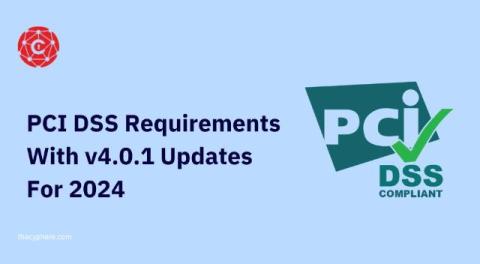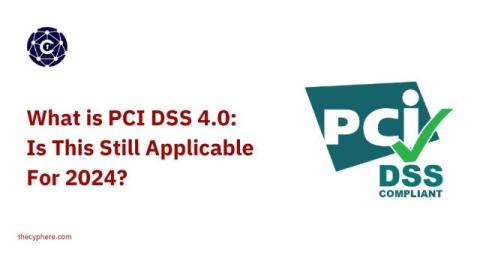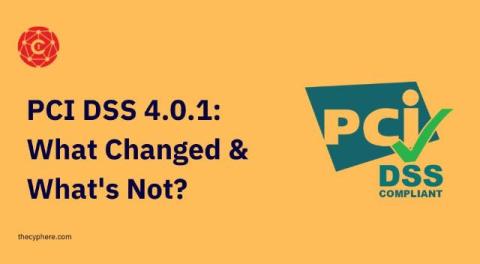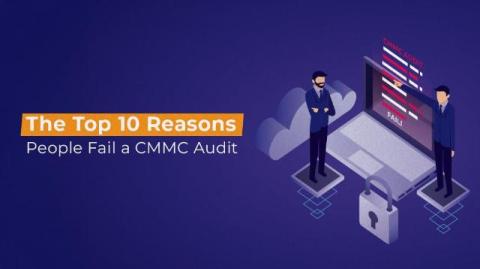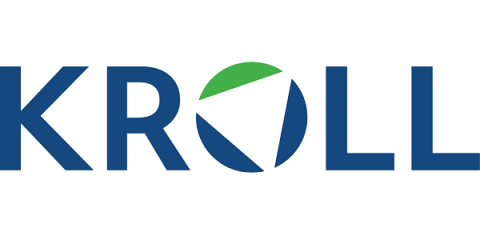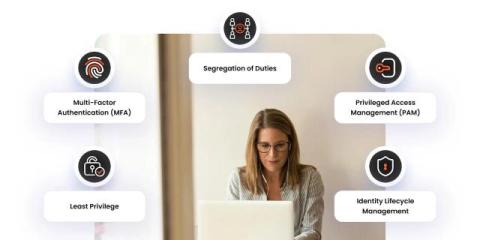Integrating Cybersecurity Functions into Dashboards: Examples with Open Source Frameworks
Cybersecurity has become a non-negotiable aspect of modern technology, with businesses and individuals alike seeking smarter ways to protect their digital assets. Among the most effective solutions are interactive dashboards that provide real-time insights and control over security measures. Leveraging vue dashboard framework like AdminForth, developers can seamlessly integrate security features to create custom, open-source dashboards that enhance visibility and control. These tools offer an accessible and cost-effective way to streamline cybersecurity operations.



